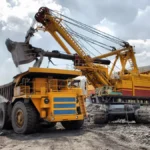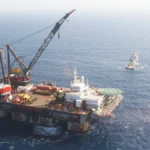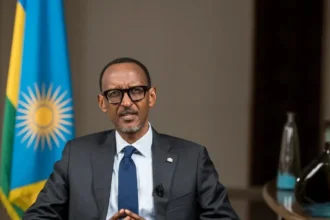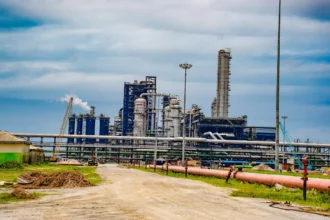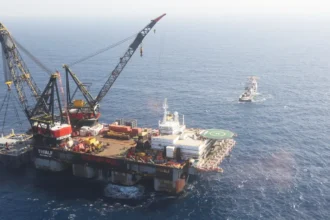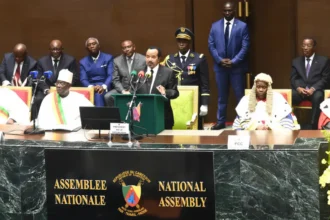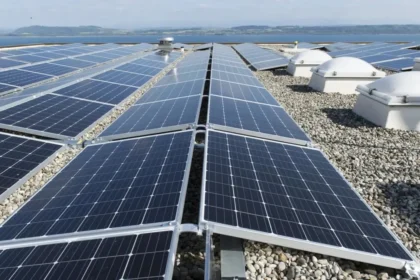Five key priorities will guide this new seven-year mandate youth employment, major infrastructure projects, women’s entrepreneurship, public sector modernization, and stronger economic openness. A comprehensive roadmap to restart the economic engine and place the country back on the path to prosperity.
Youth employment at the heart of the recovery
starting with the next fiscal year, a portion of the public investment budget will be devoted to labor-intensive projects,
announced President Biya. The message is clear: youth employment is the top national priority.
Through tax incentives, training programs, and financing support, the government aims to empower young people to build their own future. This initiative will rely on partnerships between the state, private companies, and local financial institutions to turn the potential of Cameroon’s youth into a driver of economic growth.
An economy regaining its momentum
After several years of fiscal restraint, Cameroon is regaining financial flexibility.
With debt under control and public spending stabilized, the country can now invest in its priorities without excessive external dependence.
We must be able to choose our priorities without outside constraints,
emphasized the president, calling for a sovereign, resilient, and competitive economy.
This new phase aligns with the accelerated implementation of the Growth and Employment Strategy Paper, the cornerstone of the nation’s development policy.
A large-scale fertilizer production plan either nationally or within the CEMAC region will boost agricultural productivity and reduce import dependence. The government is banking on mechanization, local processing, and regional agricultural hubs to drive rural transformation.
By stimulating our production, we will secure our food supply and boost our exports,
said the head of state.
This focus on agriculture, coupled with youth training in agri-business, is expected to make the sector a foundation for inclusive and sustainable growth.
Energy and infrastructure : building a competitive economy
The country is preparing to enter a new industrial phase. The Lom Pangar, Memve’ele, and Mekin dams are now fully operational, and new hydroelectric and gas projects are underway. The goal : to provide reliable, affordable, and abundant energy to support local industries and attract investors. At the same time, Cameroon is accelerating the modernization of its infrastructure roads, ports, railways, and digital networks. These strategic investments aim to facilitate trade, reduce logistics costs, and stimulate both domestic and regional commerce.
Mobilizing investors and the diaspora
Acknowledging that recovery cannot happen without capital, Paul Biya has called for the mobilization of the private sector through public–private partnerships.
If projects are sound and profitable, investors will respond,
he affirmed. He also reached out to the Cameroonian diaspora, describing it as a vital source of innovation and investment. Their skills, ideas, and savings are seen as powerful levers for the nation’s transformation.
Cameroon intends to fully embrace the digital revolution. Expanding fiber-optic networks, supporting tech entrepreneurship, and developing regional innovation ecosystems are key to positioning the country in the economy of the future. Digitalization is no longer a luxury it is a tool for modernization, transparency, and opportunity, especially for young entrepreneurs.Through this address, Paul Biya outlined the vision of a confident and forward-moving Cameroon, ready to turn challenges into opportunities. The country is betting on investment, energy, and the creativity of its youth to reinvent itself and reaffirm its place as a regional powerhouse.
Between ambition, pragmatism, and innovation, this new seven-year term is set to be one of economic recovery and renewed national pride.


